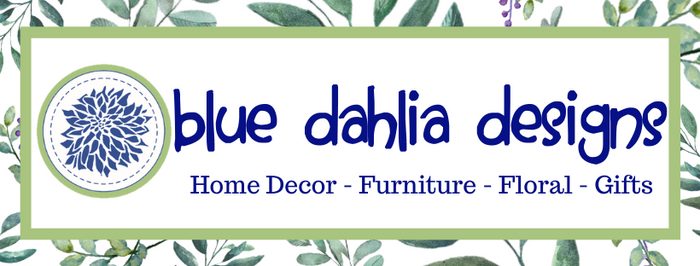A Quick Guide To Traditional Design

Traditional Design is recognized by its dark woods, ornate detailing, and elegant styling. This style has stood the test of time and is considered a classic. Antiques and family heirlooms are paired with tufted furniture, wall and ceiling moldings and details, and are often paired with jewel tones or warm neutral colors. Accent pieces are made of marble, brass, and carved woods.


The color palette used in traditional design is comprised of subtle neutrals, earth tones, and jewel tones. Pops of color can be used but all colors tend to have a mild saturation level.


Traditional design uses many patterns including florals, stripes, plaids, animal prints, and damasks. These patterns are mixed and matched in varying sizes in order to create interest in these spaces. You'll find these patterns on furniture, pillows, rugs, wallpaper, and artwork.


Many fabrics used in traditional design utilize the patterns listed above, often in a tone on tone coloration. Fabrics used in this design style include heavy cotton, wool, velvet, leather, fur, and silks. Layer fabrics to create a luxurious, ornate feeling.


When thinking of finishes used in the traditional design style, think warm, heavy, and antiqued. Dark, warm, rich woods like mahogany, cherry, and walnut are often used on flooring or furniture. Antique silver and aged brass are often used in décor accessories. Warm toned marble is used in kitchens, bathrooms, and even on furniture.


Architectural elements help define traditional design. Walls are decorated with wainscotting, oversized baseboards, chair rails, and crown moldings. Ceilings are more ornate, often coffered, and are decorated with ceiling medallions and decorative chandeliers. Decorative moldings around doors and windows are also accentuated in traditional design.


It's all about details when it comes to furniture in traditional design. Turned legs, skirted chaises, tufted sofas, decorative nail heads, and carved details easily define a piece of furniture as traditional.






Leave a comment